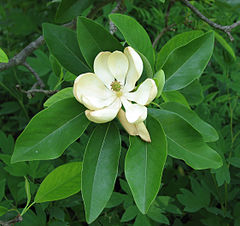
Scientists solve the Great Flower Puzzel
After 80 years scientists have solved the puzzle of how plants “know” when to flower. The team at the University of Washington found that it is in their genes and that it is an important part of the plants reproduction. It involves a series of molecular events, the plant’s circadian clock and sunlight.

Understanding this is the start to understanding how more complex plants work with the same genes, plants such as rice, wheat and barley.
It is understood that if we can regulate the timing of the flowering then crop yield may be increased by accelerating or delaying it. Understanding the mechanism behind this gives the knowledge to manipulate it.At particular times of the year flowering plants produce protein known as Flowering Locus T in their leaves which induces flowering. This protein travels from the leave to the undifferentiated cells in the plant at the shoot apex part and then become leaves or flowers.
Changes in the length of the day tell the organism that the season is changing.
The protein scientists have investigated (FKF1) is a key player in the mechanism to which plants are able to recognise the change in season and thus know when to flower as it is activated by sunlight.
The protein is expressed every day in the late afternoon, regulated by the plant’s circadian clock. When the plant expresses the protein during short days it can’t be activated as there is no daylight in the late afternoon.
When the protein is released during long days the light is used to activate the flowering mechanism involving Flowering Locus T. The circadian clock is used to pick up on the right time for the flowering to happen. It is really clever how plants sense the differences in the length of the day.
